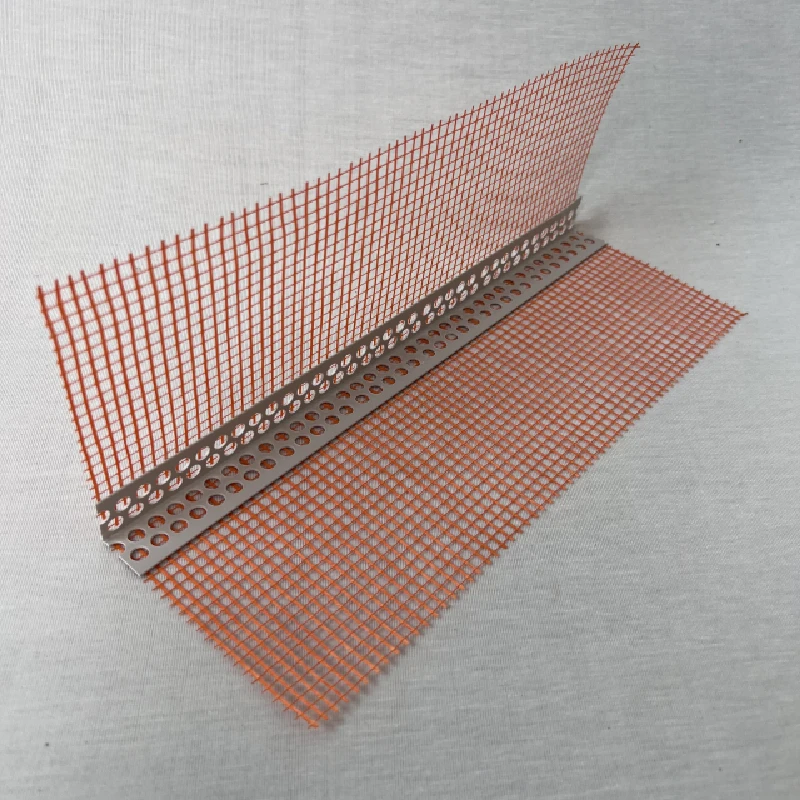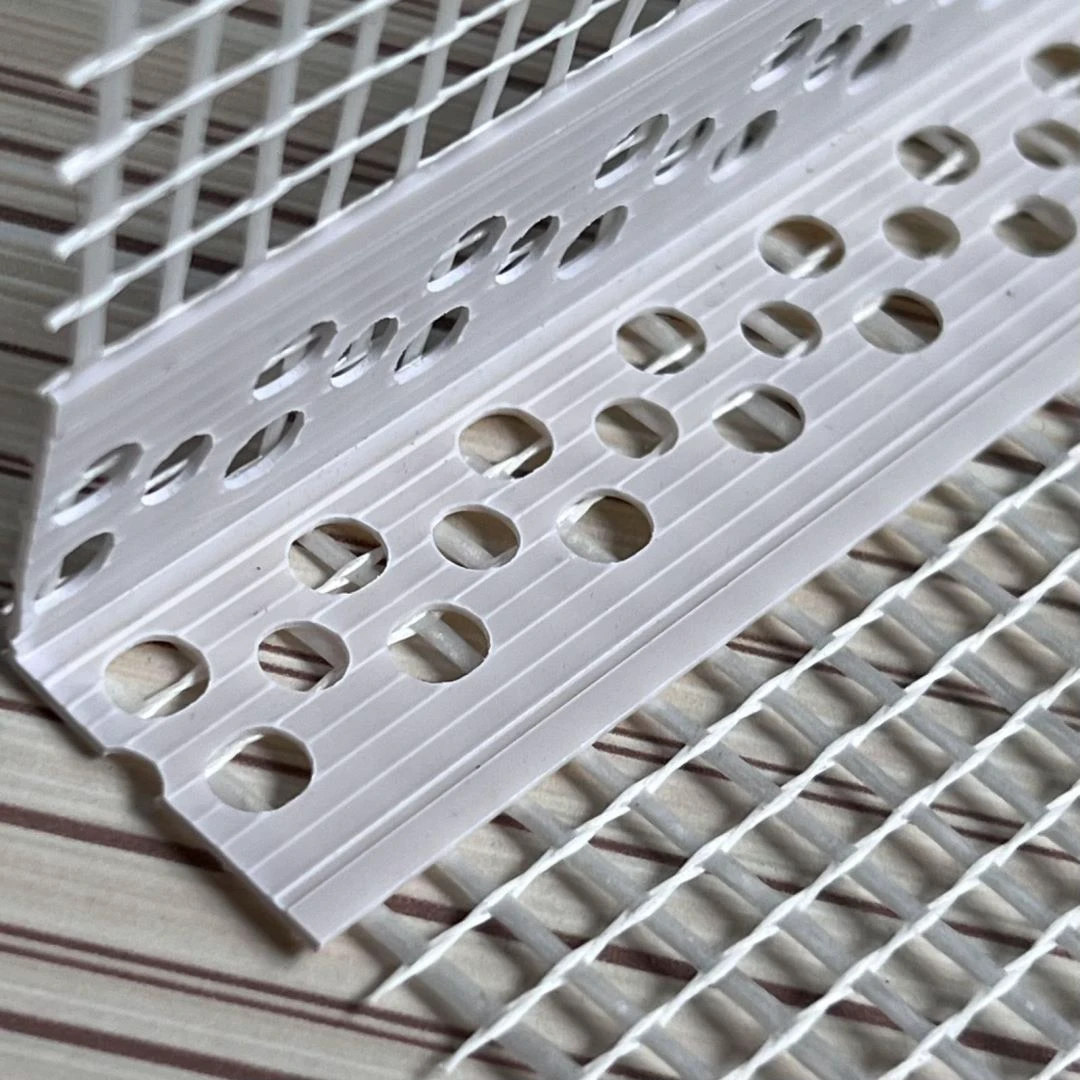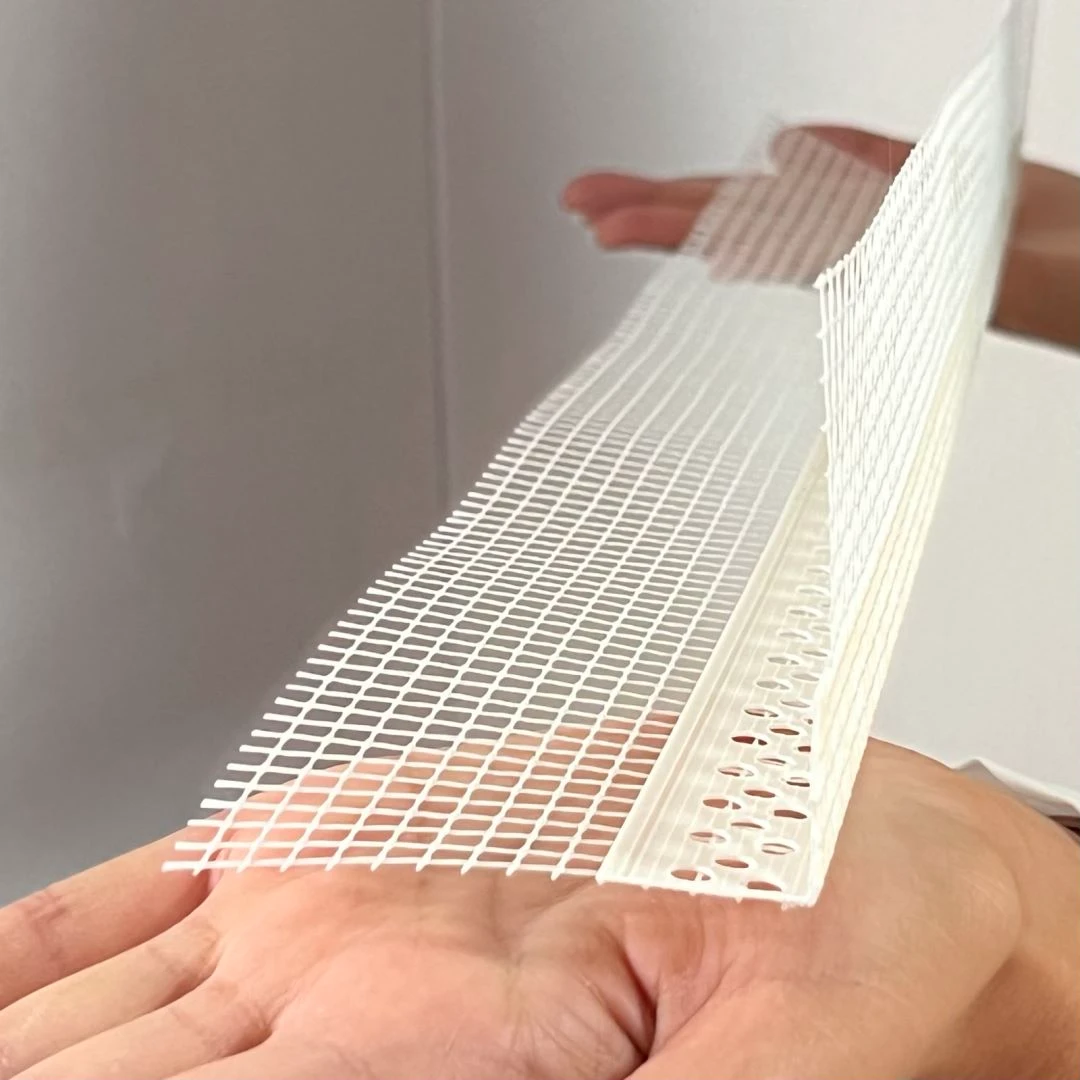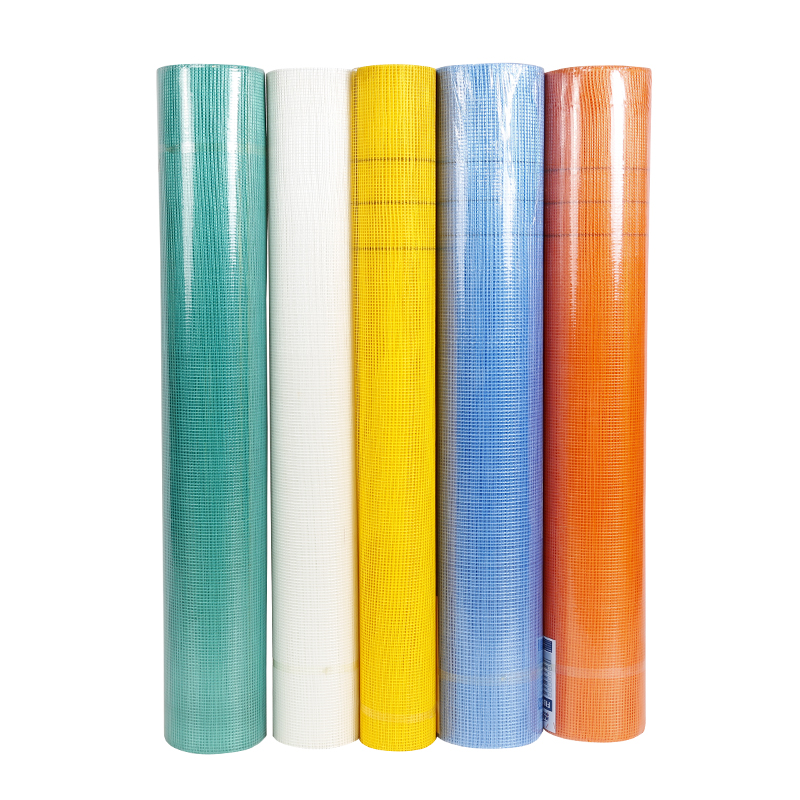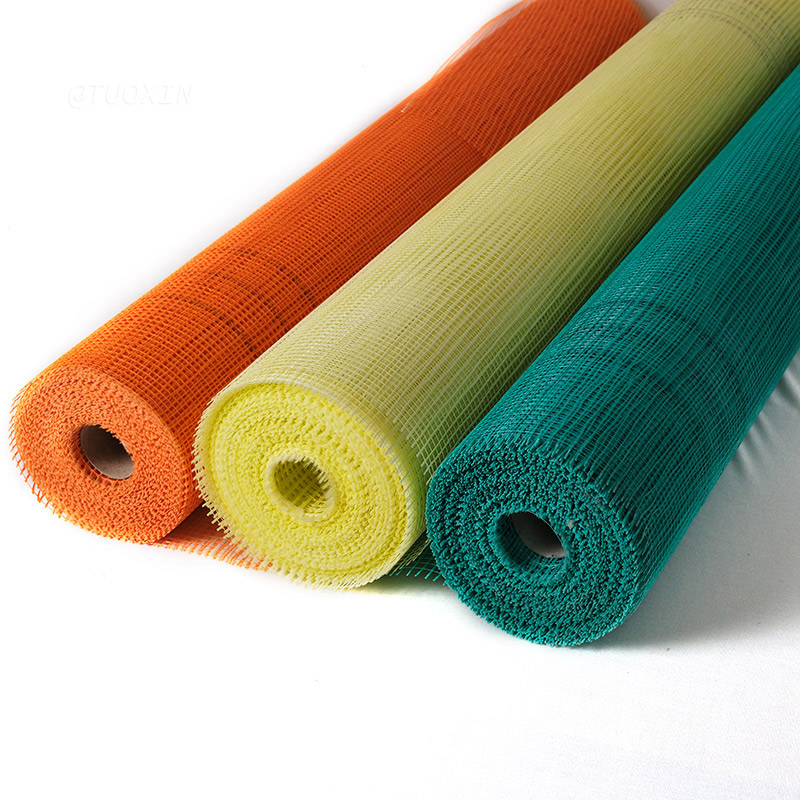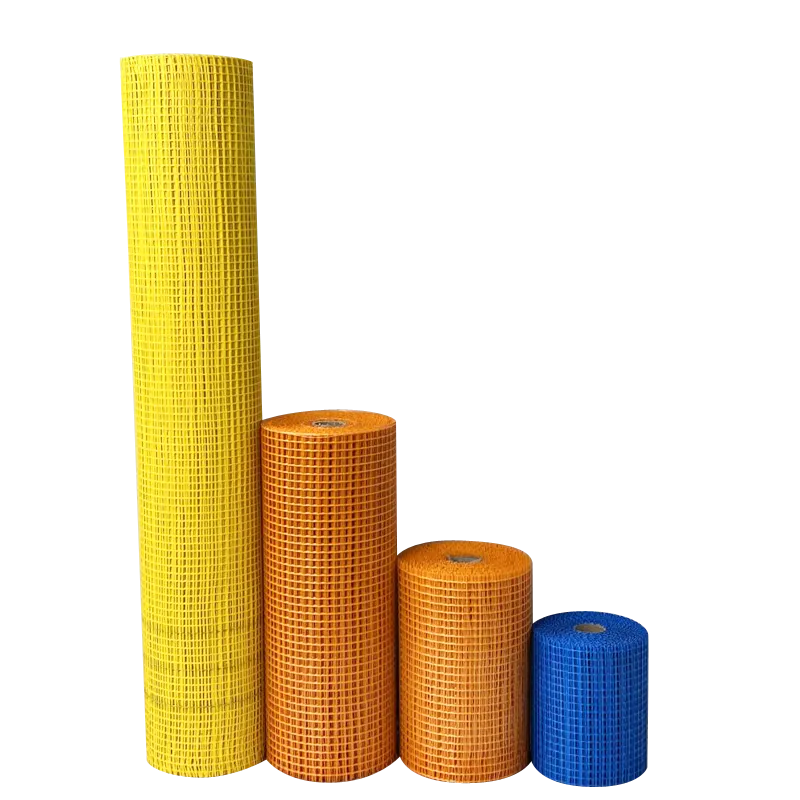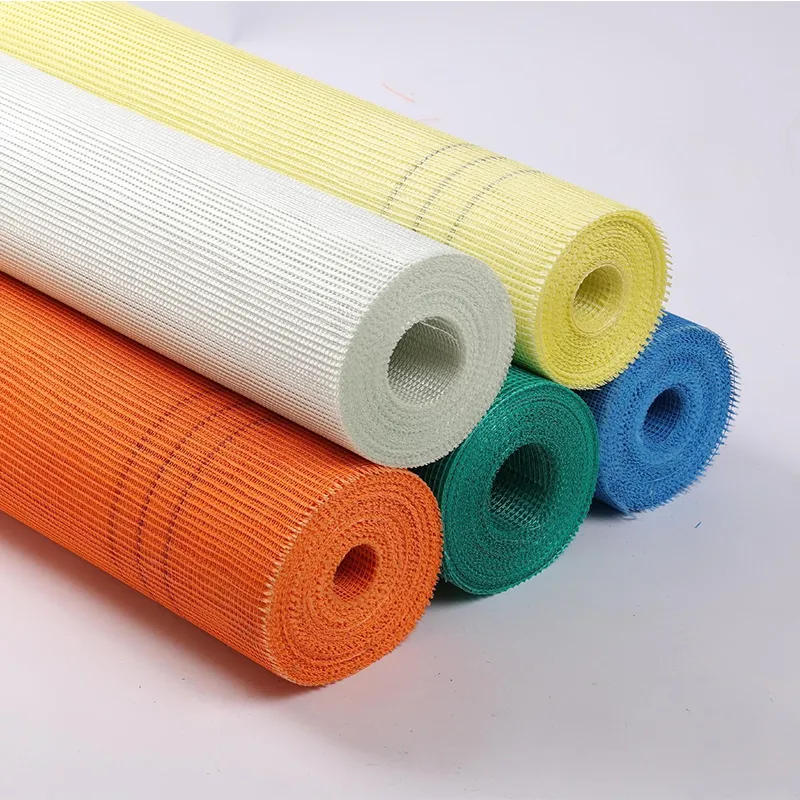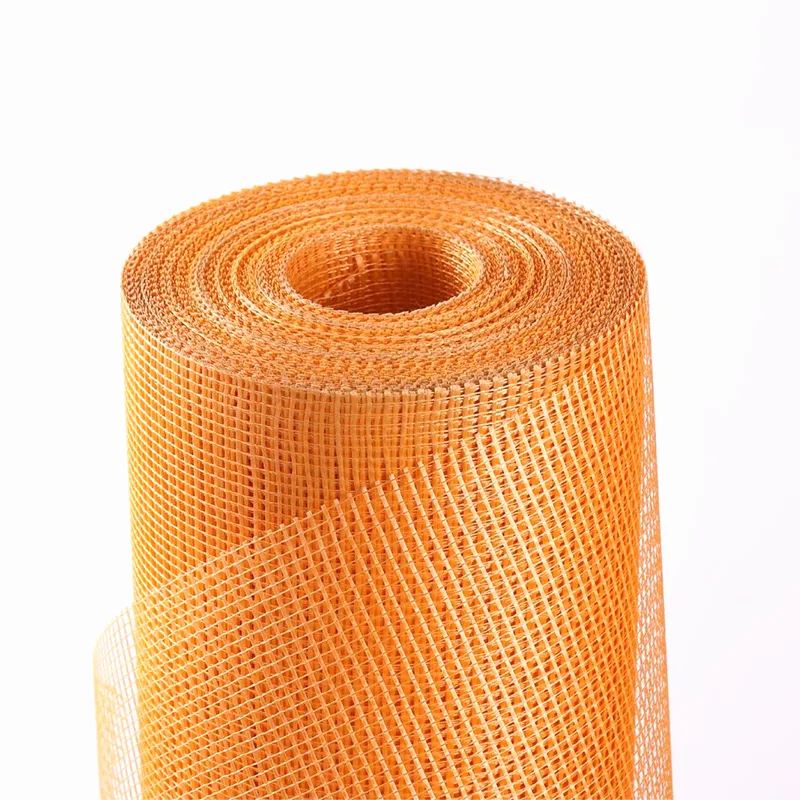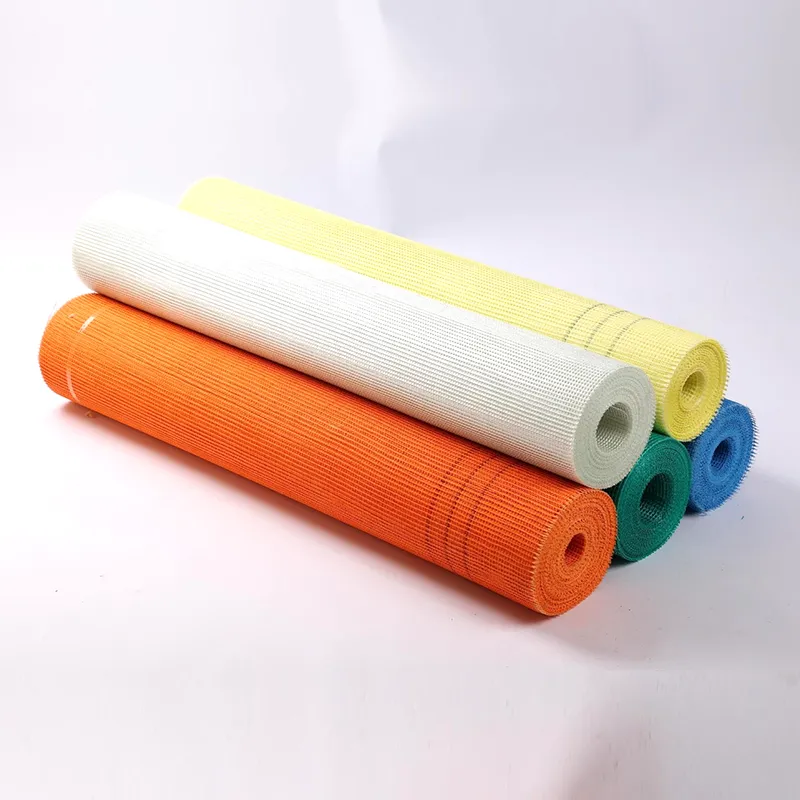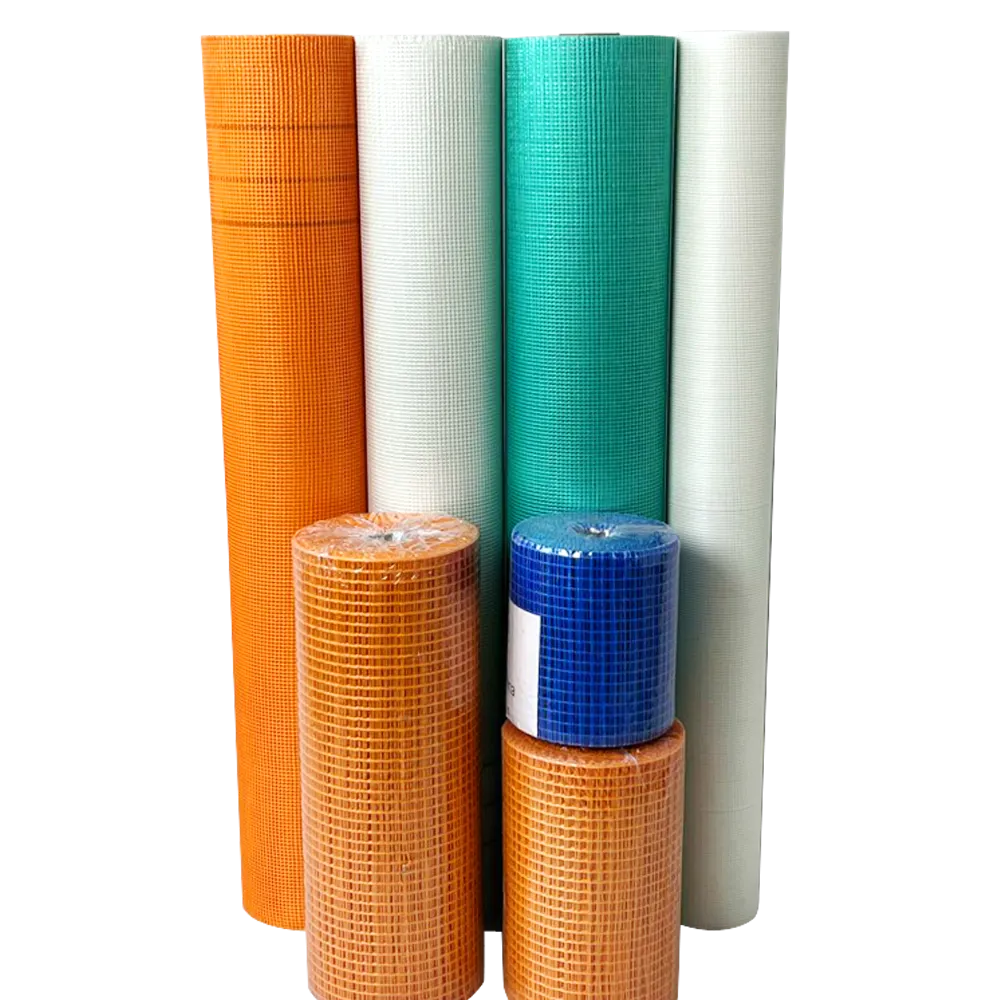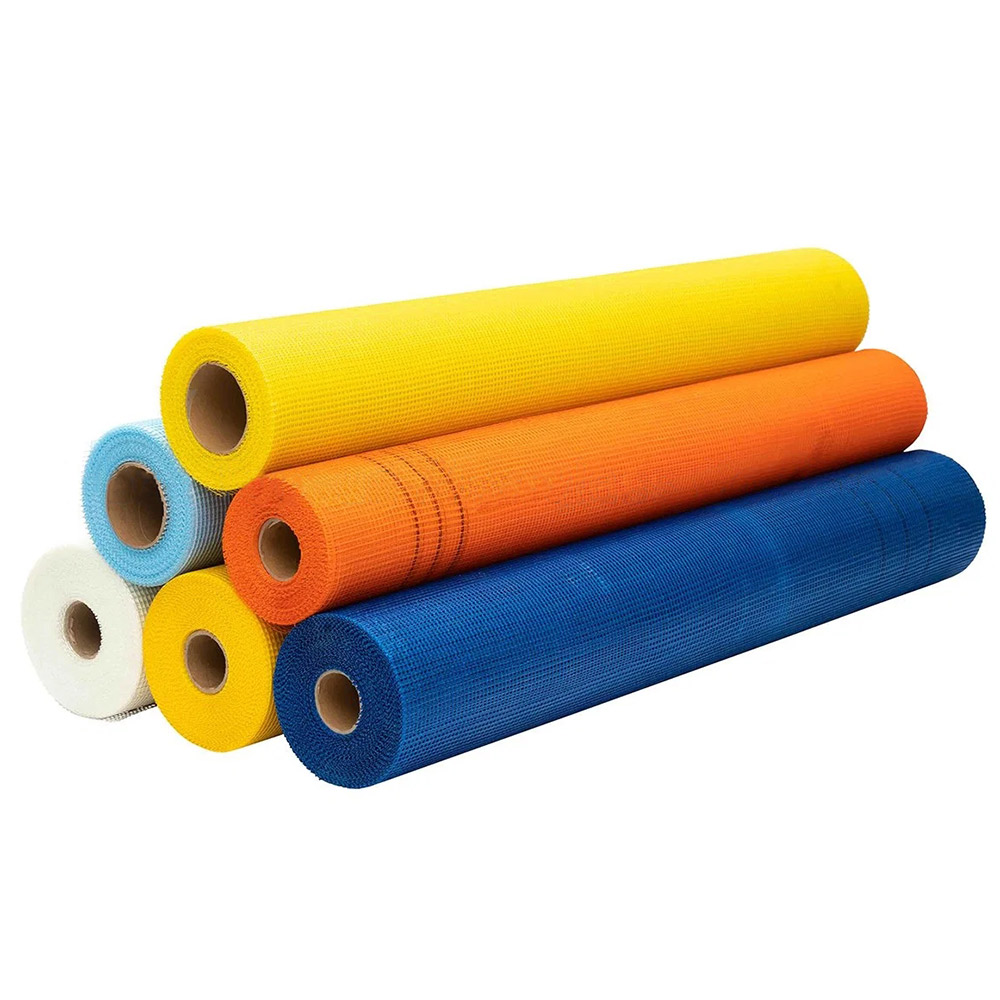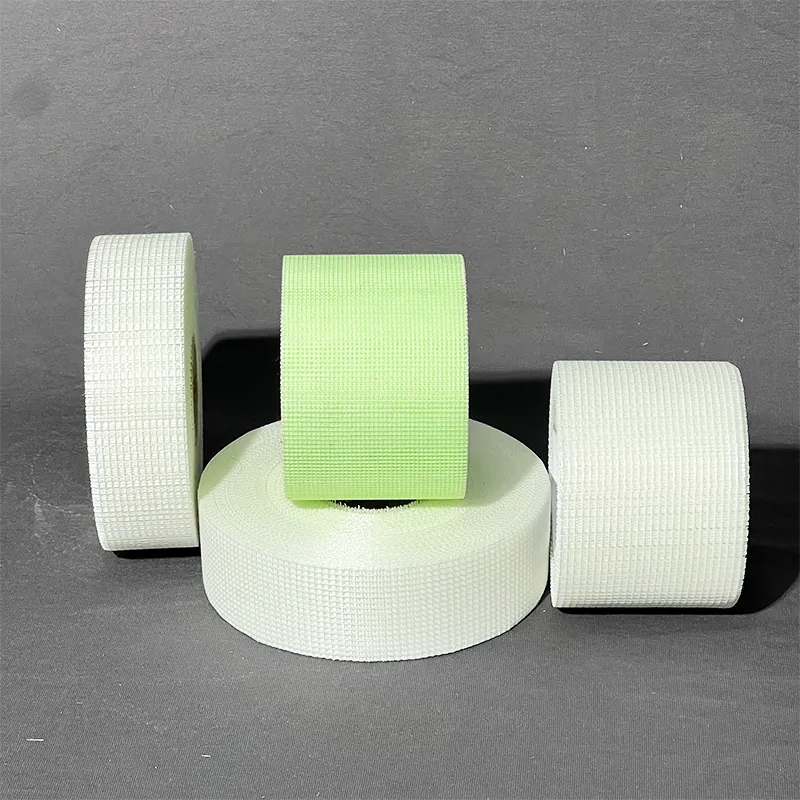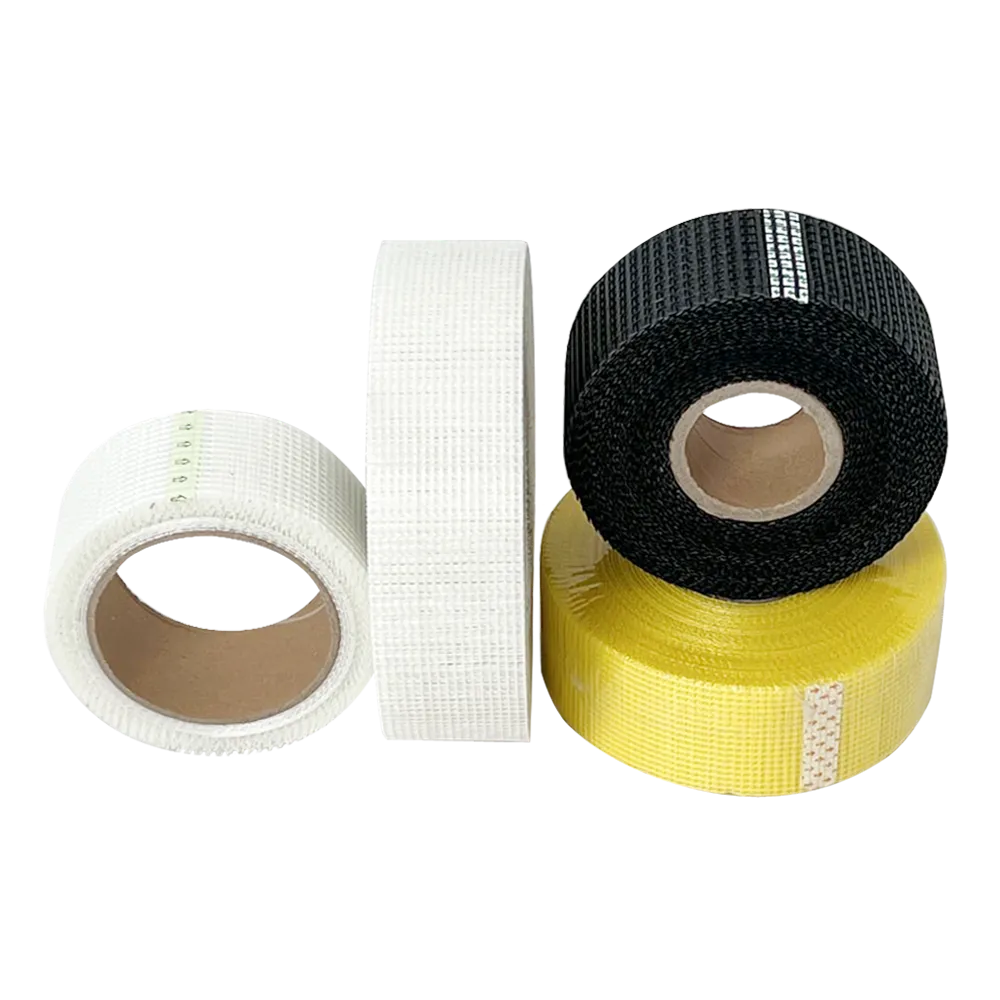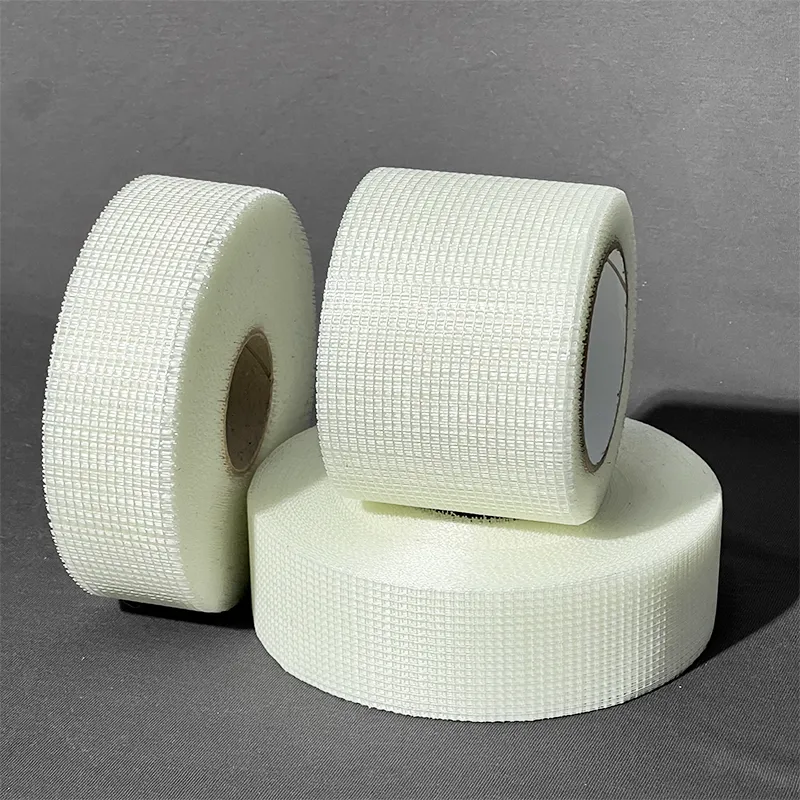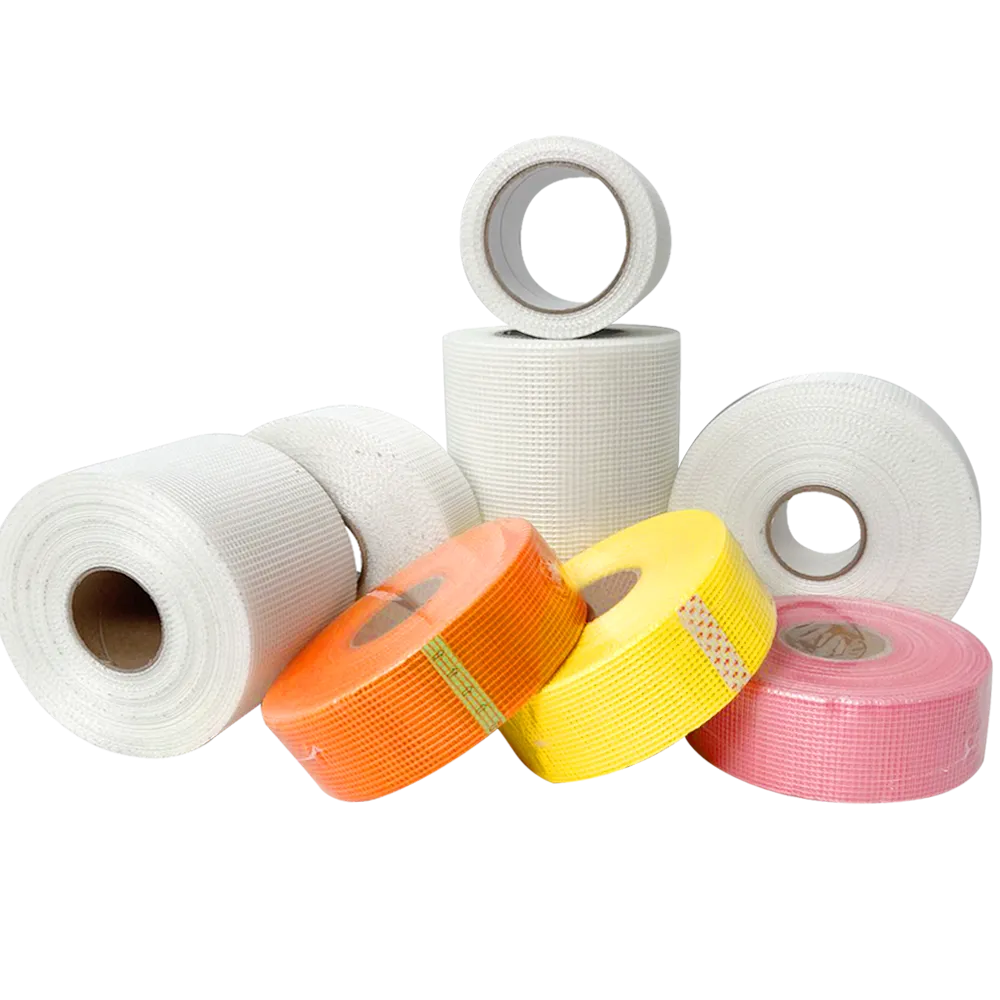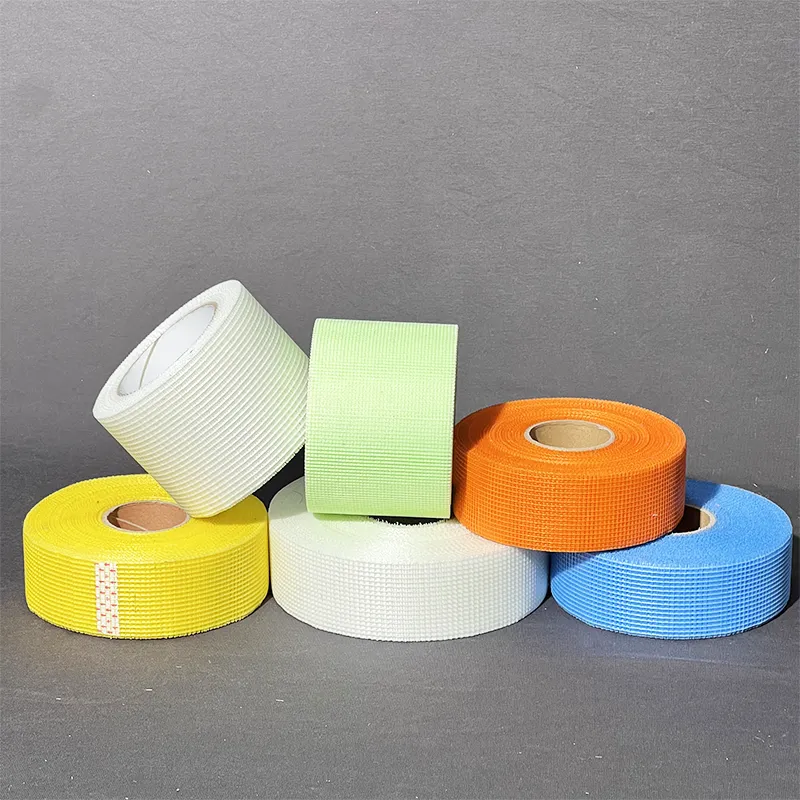Čvc . 05, 2025 07:28 Back to list
6 Inch Fiberglass Mesh Tape – Durable, High Strength 6 Inch Fiberglass Mesh for Drywall Repair
- Introduction to 6 inch fiberglass mesh
and its relevance - Technical Advantages over Competing Mesh Tapes
- Comparative Analysis: Manufacturers and Quality Factors
- Custom Solutions: Tailored 6 Inch Fiberglass Mesh Applications
- Application Cases: Real-World Performance Insights
- Market Trends and Future Developments
- Conclusion: Why 6 inch fiberglass mesh Is the Industry Standard

(6 inch fiberglass mesh)
Understanding 6 inch fiberglass mesh and Its Versatility
6 inch fiberglass mesh, along with related variants such as 6 inch fiberglass mesh tape and 4 inch mesh tape, plays a foundational role in construction, renovation, and industrial applications. These meshes, engineered from woven glass fiber yarn with a resilient adhesive coating, provide superior crack resistance and structural stability. Their optimized width of 6 inches targets seams, joints, and critical transitions, offering balanced reinforcement without excess overlap. With the global building industry adopting stricter standards, data reveals that demand for fiberglass mesh products grew by 7.5% globally in 2023, reflecting their reliability and broad adoption. The mesh’s resistance to alkalis, mold, and tension sets it apart from metallic and organic mesh solutions commonly compromised in humid or chemically reactive environments.
Technical Advantages of 6” Mesh Over Competing Tapes
Advanced mesh tapes — specifically 6 inch fiberglass mesh tape — serve as a future-proof solution for drywall joint reinforcement and waterproofing. Modern tape variations deliver tensile strengths of 1900–2200 N/5cm, with thicknesses in the 0.15–0.18 mm range, maximizing adhesion and paintability. Unlike generic mesh tapes, fiberglass mesh is fire-resistant (Class A rating per ASTM E84), non-corrosive, and dimensionally stable under thermal cycling (<0.1% elongation). Innovations in acrylic and alkali-resistant coatings further prolong longevity, averaging over 30 years in facade applications. Coupled with UV stabilizers, these meshes maintain integrity even during prolonged onsite exposure. Contrasted with 4 inch mesh tape, the expanded 6-inch width prevents margin failures, reducing repair frequency by 25% compared to traditional 2-inch tapes.
Manufacturer Competence: Comparison Table of Market Leaders
The choice of supplier drastically affects the performance of 6 inch fiberglass mesh. Reputable manufacturers invest in automated weaving technology and strict QC protocols, resulting in consistent weight per square meter (largely in the 70–170 gsm range). Let’s contrast leading suppliers:
| Feature | Manufacturer A | Manufacturer B | Manufacturer C |
|---|---|---|---|
| Mesh Size | 5x5 mm | 4x5 mm | 4x4 mm |
| Weight(g/sqm) | 145 | 160 | 130 |
| Tensile Strength (N/5cm) | 2000 | 2120 | 1900 |
| Alkali Resistance | ≥95% | ≥97% | ≥90% |
| Coating Type | Acrylic | Alkali-Resistant Polymer | Acrylic-Modified |
| Price (per roll, USD) | 3.2 | 3.6 | 2.9 |
As the data shows, Manufacturer B provides slightly higher tensile strength and alkali resistance, but Manufacturer A remains a cost-effective choice for standard construction. Rigorous cross-evaluation by project managers underscores the value in selecting the optimal balance of mesh size, coating, and strength for each job profile.
Customizing 6 Inch Fiberglass Mesh for Unique Project Specifications
Construction and manufacturing sites are rarely identical. Custom 6 inch fiberglass mesh becomes essential for projects involving high-moisture environments, irregular substrates, or extreme temperature cycles. Contractors often request adjustments to yarn tex (such as 75–150 tex), mesh aperture sizing, and roll length (standard 50 meters, but customizable up to 300 meters) to decrease waste and installation time. For facade cladding systems, color-coded mesh can be specified for procedural clarity, while fire-retardant or chemical-resistant coatings address specialty compliance needs. These bespoke products, validated through ISO 9001:2015 protocols and third-party testing (SGS, Bureau Veritas), ensure project targets like ASTM C1177 or EN 13496 standards are fully met.
Application Cases: Real-World Insights into 6 Inch Mesh Solutions
Large-scale construction projects have validated the use of 6 inch fiberglass mesh. For example, a 2020 government-funded hospital project reported a 40% reduction in wall cracking when transitioning from 2 inch mesh tape to 6 inch fiberglass mesh tape. In swimming pool waterproofing, contractors noted a 33% decline in membrane failures compared to non-woven alternatives. Similarly, data from a 1,500-unit residential tower project showed labor installation time per joint dropped by 18% due to the wider tape, while repair rates post-inspection halved. These empirical outcomes support not only cost optimization but also improved environmental reliability—even in seismic-prone areas, mesh-integrated cladding better absorbed vibration stresses than mat-based systems, extending facade lifespans by more than a decade.
Market Trends and the Future of Fiberglass Mesh Technology
Demand for high-performance mesh materials continues to accelerate globally. The rise in sustainable building codes has driven mesh producers to develop recyclable fiberglass compositions and solvent-free coatings that lower VOC emissions by up to 80%. New market entrants from Asia and Europe introduce advanced nanocoat-treated 6 inch fiberglass mesh, providing 10% higher UV stability and lowering maintenance intervals for exterior walls. Meanwhile, digital manufacturing allows tighter mesh tolerances (±0.5 mm), ensuring seamless integration with prefabricated panel assembly. Industry forecasts predict the global fiberglass mesh segment could surpass $2.4 billion by 2027, with retrofit applications and green construction as key growth drivers.
Conclusion: The Definitive Edge of 6 inch fiberglass mesh Solutions
The collective evidence from technical data, industry adoption, and macro trends underscores why 6 inch fiberglass mesh is regarded as a gold standard in construction and repair disciplines. Its superior mechanical properties, versatility as 6 inch fiberglass mesh tape or 4 inch mesh tape, and adaptability through custom solutions give stakeholders long-term value. As more demanding project environments emerge, selecting high-quality fiberglass mesh guarantees structural integrity, cost savings, and compliance with evolving codes. These characteristics make it the prudent, future-ready reinforcement material as building practices advance.
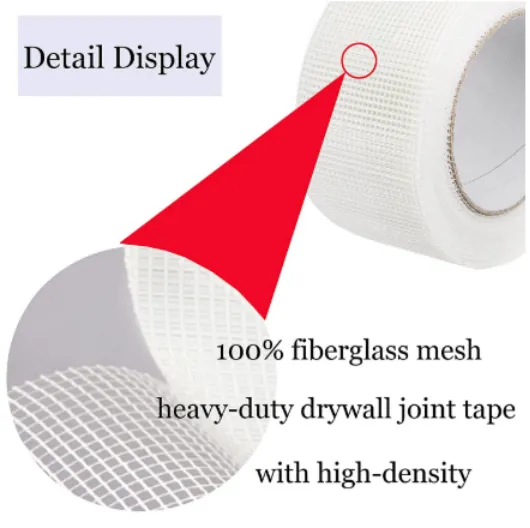
(6 inch fiberglass mesh)
FAQS on 6 inch fiberglass mesh
Q: What is 6 inch fiberglass mesh used for?
A: 6 inch fiberglass mesh is primarily used for reinforcing walls, ceilings, and joints to prevent cracking. It's commonly applied during drywall installation and repair. Its width covers larger surface areas effectively.Q: How is 6 inch fiberglass mesh tape different from regular mesh tape?
A: 6 inch fiberglass mesh tape is wider, providing extra coverage for bigger joint or seam repairs compared to standard 4 inch mesh tape. The fiberglass material also adds durability and flexibility. This ensures better reinforcement on wider patches.Q: Can I use 6 inch fiberglass mesh for both drywall and plaster?
A: Yes, 6 inch fiberglass mesh can be used for both drywall and plaster reinforcement. Its strong fibers help prevent cracking and provide a solid joint base in various wall finishes. Always apply according to manufacturer guidelines.Q: What are the main benefits of using 6 inch fiberglass mesh compared to 4 inch mesh tape?
A: 6 inch fiberglass mesh covers broader seams and damaged areas, reducing the risk of joint cracks. It saves time by allowing larger areas to be repaired quickly. The extra width is also ideal for reinforcing corners and edges.Q: Is 6 inch fiberglass mesh tape self-adhesive?
A: Many 6 inch fiberglass mesh tapes come with a self-adhesive backing for easy application. This feature simplifies installation and ensures the mesh stays in place during work. Always check the product before purchase.-
The Versatile Role of Fiberglass Mesh in Modern ConstructionNewsJun.09,2025
-
The Essential Role of Alkali Resistant Fiberglass mesh Tape in Modern ConstructionNewsJun.09,2025
-
Strengthening Walls and Joints with Fiberglass mesh Tape SolutionsNewsJun.09,2025
-
Fiberglassmesh Tape Solutions for Stronger Walls and Cleaner FinishesNewsJun.09,2025
-
Fiberglass Reinforcement Mesh: A Modern Essential for Durable FinishesNewsJun.09,2025
-
Enhancing Construction Durability with Self-Adhesive Fiberglass Mesh SolutionsNewsJun.09,2025
